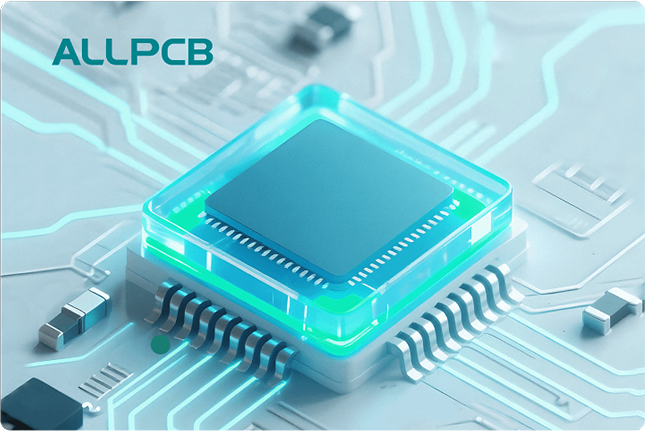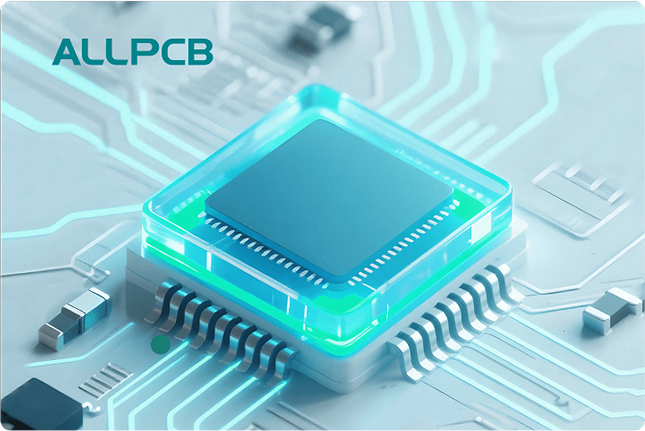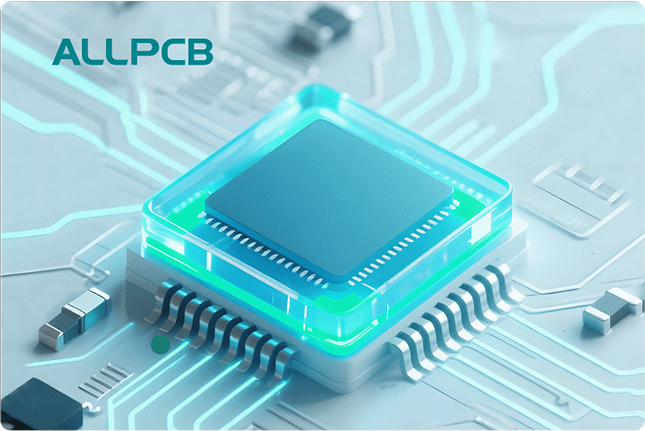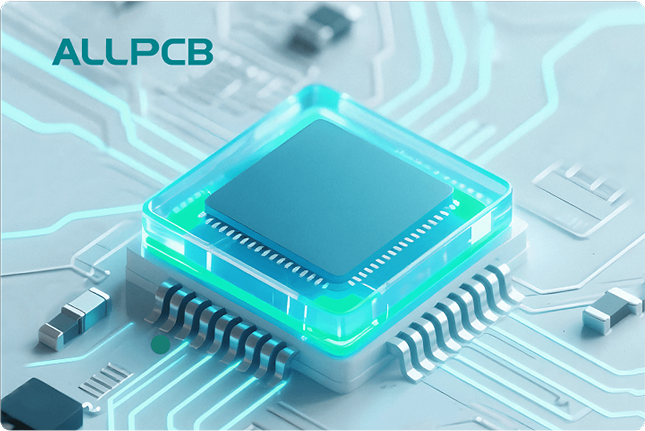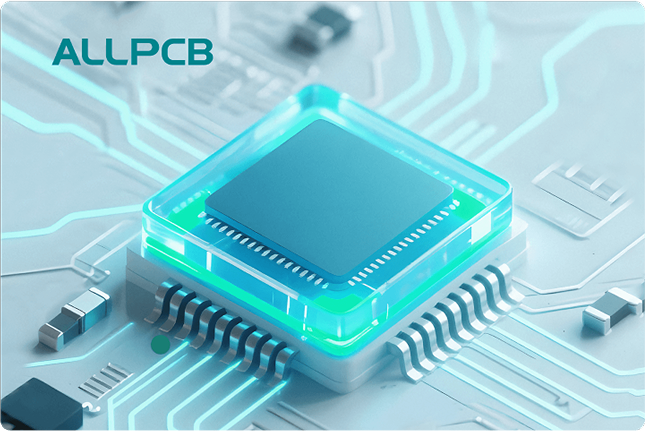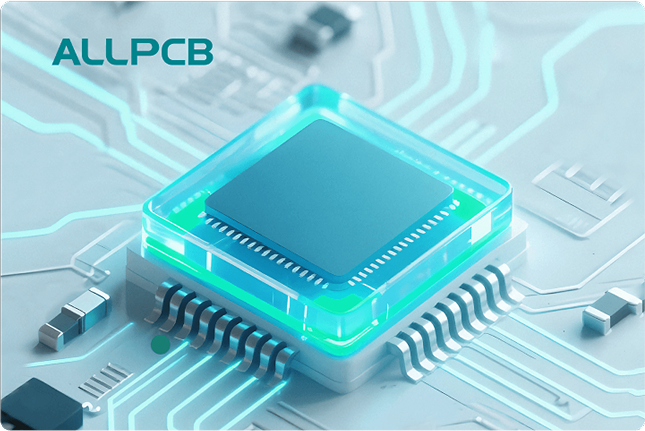If you're new to soldering and wondering about the role of flux or how to choose the right one, you're in the right place. Soldering flux is a crucial component in creating strong, reliable connections by cleaning metal surfaces and helping solder flow smoothly. In this guide, we'll explore different solder fluxes, explain how to solder with flux, and provide practical tips for beginners to ensure successful results.
Whether you're working on a small electronics project or assembling a circuit board, understanding solder flux can make a big difference in the quality of your work. Let's dive into the basics and beyond to help you master this essential soldering skill.
What Is Solder Flux and Why Is It Important?
Solder flux is a chemical agent used during soldering to clean and prepare metal surfaces for a strong bond. When you heat metal to apply solder, oxides can form on the surface, preventing the solder from sticking properly. Flux removes these impurities and ensures the solder flows evenly, creating a durable and conductive connection.
Without flux, you might end up with weak joints that crack or fail over time due to poor adhesion. Flux also protects the metal from further oxidation during the soldering process, which is especially important in electronics where reliable connections are critical. For beginners, using the right flux can mean the difference between a frustrating experience and a successful project.
Types of Solder Flux: Understanding Your Options
Not all fluxes are the same, and choosing the right one depends on your project. Below, we'll break down the most common types of solder fluxes used in electronics and other applications, highlighting their characteristics and best uses.
1. Rosin Flux
Rosin flux, derived from pine tree resin, is one of the most popular choices for electronics soldering. It comes in three subtypes based on activity level:
- R (Rosin): The least active, suitable for clean surfaces with minimal oxidation.
- RMA (Rosin Mildly Activated): Slightly more active, good for surfaces with light oxidation.
- RA (Rosin Activated): Highly active, ideal for tougher oxidation but requires cleaning after soldering to prevent corrosion.
Rosin flux is often embedded in the core of solder wire, making it convenient for beginners. It leaves a residue that can be sticky, so cleaning with isopropyl alcohol is recommended, especially with RA flux.
2. No-Clean Flux
No-clean flux is designed to leave minimal residue after soldering, reducing the need for post-soldering cleanup. It's a great choice for beginners who want a hassle-free experience. However, while the residue is often non-corrosive, it can still attract dust over time, so some professionals prefer to clean it anyway for high-reliability projects.
This type of flux is commonly used in mass production of circuit boards where cleaning every joint isn't practical. It's available in liquid, paste, or within solder wire.
3. Water-Soluble Flux
Water-soluble flux, also known as organic acid flux, is highly active and effective at removing oxides from metal surfaces. It's often used in plumbing and industrial soldering but can also be found in electronics. The residue from this flux must be cleaned with water or a specialized cleaner to prevent corrosion, as it can be conductive and damage components over time.
For beginners, this flux requires extra caution due to its aggressive nature and the mandatory cleaning step. It’s best for projects where water cleaning is feasible.
4. Acid Flux
Acid flux is a highly aggressive flux used primarily in plumbing and metalwork, not electronics. It’s made from strong acids like hydrochloric acid and is excellent for soldering materials like stainless steel or copper pipes. However, it’s corrosive and can damage delicate electronic components, so it should never be used on circuit boards.
How to Choose the Right Solder Flux for Your Project
Selecting the appropriate flux depends on the materials you're soldering, the environment, and the cleaning options available. Here are some key factors to consider:
- Material Compatibility: For electronics, stick to rosin or no-clean flux to avoid damaging components. For plumbing or heavy metals, acid flux might be necessary.
- Cleaning Requirements: If cleaning isn’t an option, no-clean flux is ideal. If you can clean with water, water-soluble flux could work.
- Skill Level: Beginners may find no-clean or rosin flux easiest to handle due to simpler application and less aggressive properties.
- Project Scale: For small hobby projects, flux in solder wire is convenient. For larger assemblies, liquid or paste flux applied with a brush or syringe offers better control.
For most beginner electronics projects, starting with a rosin-core solder wire (RMA type) or a no-clean flux is a safe bet. These options balance effectiveness with ease of use.
How to Solder with Flux: Step-by-Step Guide for Beginners
Now that you understand different solder fluxes, let’s walk through the soldering process. Proper technique ensures strong joints and prevents damage to components. Follow these steps to solder like a pro.
Step 1: Gather Your Tools and Materials
Before starting, ensure you have:
- A soldering iron (25-40 watts for electronics)
- Solder wire (with or without flux core)
- Flux (if not using flux-core solder)
- A cleaning sponge or brass wire cleaner
- Isopropyl alcohol and a brush for cleaning residue (if needed)
- Safety gear like goggles and a well-ventilated workspace
Step 2: Prepare Your Workspace and Components
Set up in a well-lit, ventilated area. Secure the components or board you're working on to prevent movement. If using separate flux, apply a thin layer to the metal surfaces you’ll solder using a brush or applicator. This preps the surface by removing oxides.
Step 3: Heat the Soldering Iron
Plug in your soldering iron and let it heat to the appropriate temperature, typically 300-350°C (572-662°F) for electronics. Clean the tip with a damp sponge or brass cleaner to remove any residue, then apply a thin layer of fresh solder to “tin” the tip. This helps with heat transfer.
Step 4: Apply Heat and Solder
Place the soldering iron tip on the joint where the component meets the board pad. Hold it there for 1-2 seconds to heat both surfaces. Then, touch the solder wire to the joint (not the iron tip) and let it flow naturally. The flux will help the solder spread evenly. Remove the solder wire first, then the iron, to avoid cold joints.
A good solder joint should look shiny and concave, covering the pad and component lead without excess solder. If it looks dull or lumpy, reheat and add a bit more flux or solder as needed.
Step 5: Clean Up
After soldering, clean any flux residue if necessary. For rosin or water-soluble flux, use isopropyl alcohol or water (respectively) with a brush to remove sticky or corrosive leftovers. No-clean flux often doesn’t require this step, but inspect for dust-attracting residue over time.
Common Mistakes to Avoid When Using Solder Flux
Beginners often encounter issues when working with flux. Here are some pitfalls to watch out for and how to avoid them:
- Using Too Much Flux: Excess flux can create a mess and leave conductive residue. Apply only a thin layer to the joint area.
- Skipping Cleaning: With active fluxes like RA rosin or water-soluble types, failing to clean can lead to corrosion or short circuits. Always follow cleaning guidelines.
- Using the Wrong Flux: Avoid acid flux in electronics, as it can damage components. Match the flux to your project.
- Poor Heat Control: Overheating can burn flux before it works, leading to poor joints. Use the right temperature (around 300°C for most electronics) and work quickly.
Tips for Working with Different Solder Fluxes
To get the best results, keep these practical tips in mind:
- Store Flux Properly: Keep flux containers sealed to prevent drying out or contamination. Store in a cool, dry place.
- Test on Scrap First: If you're new to a flux type, practice on scrap material to understand how it behaves before working on your main project.
- Use Ventilation: Flux fumes, especially from rosin, can be irritating. Work in a well-ventilated area or use a fume extractor.
- Check Solder Compatibility: Ensure your solder and flux are compatible. For instance, lead-free solder often works better with specific no-clean fluxes designed for it.
Conclusion: Mastering Soldering with the Right Flux
Understanding different solder fluxes is a game-changer for anyone starting their soldering journey. From rosin and no-clean to water-soluble options, each type has unique properties that suit specific projects. By choosing the right flux and following proper soldering techniques, you can create strong, reliable joints that stand the test of time.
As a beginner, start with user-friendly options like rosin-core solder or no-clean flux to build confidence. With practice, you'll develop a feel for how to solder effectively and when to use specific fluxes for more complex tasks. Remember to prioritize safety, cleanliness, and precision in every step of the process.
Soldering is a skill that improves with hands-on experience. Keep experimenting with different materials and techniques, and soon you'll be tackling advanced projects with ease. For all your circuit board assembly needs and resources, trust a reliable partner to support your growth in electronics manufacturing.
 ALLPCB
ALLPCB


